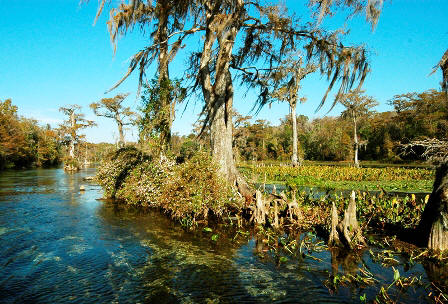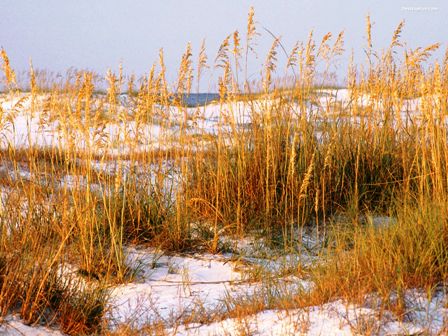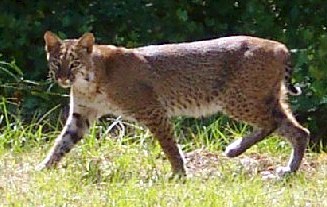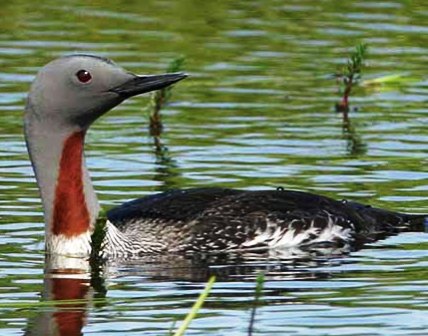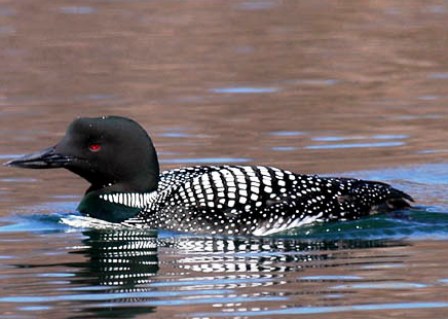Monday, January 25, 2016
Florida's Dune & Maritime Ecosystem
Dunes and Maritime Forests are part of the Coastal Ecosystem of Floridian nature. Florida's coastal ecosystems are one of the greatest assets that Florida has. With more coastline than any other state in the contiguous United States, they are a source of economic, environmental and recreational benefit. People come from all over the world to visit the beautiful Florida beaches. In addition to people sea turtles also come from all over the world to lay their eggs on Florida's Atlantic coast, one of only a handful of places in the world that they come. Landward of the fore-dune is the maritime forest. Technically part of the dune system, this coastal zone habitat has permanent vegetation with tree and understory layers.
Maritime forests dominated by broadleaved evergreen trees and shrubs occur in a discontinuous narrow band along the barrier islands and on the adjacent mainland from North Carolina to Florida. The flora and fauna of maritime forests typically consist of a distinctive subset of the regional biota that is particularly well adapted to survive the elevated salt content, limited availability of fresh water, soil erosion and dune migration, periodic seawater inundation, and wind damage associated with oceanic storms.
The beach and dune habitat includes the unvegetated beach, and the dune zone up to the point where the stable vegetation of the maritime forests begin. Landward of the non-vegetated beach zone, is the foredune area. The species inhabiting this zone vary depending on location. Sea oats are found in this zone throughout the state and there will be several other, low growing species in association with this species.
Generally, the vegetation is sparse closest to the active beach and transitions to an association of grasses and shrubs. The species composition varies depending on location. Along the northeast beach wax myrtle, silverling, southern red cedar, and cabbage palm are dominant. The southeast coast has purple muhly grass, sea grape, saw palmetto, Spanish bayonet, and agave. nickerbean, bay cedar, catsclaw, buckthorn, lantana, joewood, and several species of grasses dominate the southwest coastline while woody goldenrod, rosemary and Gulf Bluestem make up the dune transition zone in the Panhandle.
Tuesday, January 12, 2016
Florida bobcats
Bobcats are a common cat in Floridian nature and are sometimes even confused for a panther siting. The easiest way to tell the two cats apart is the famous "bobbed tail "of the bobcat. I encountered a very large bobcat while walking through the woods on a nature walk. I had stopped to enjoy the view, looking down on an old limestone pit and when I got up and turned the next corner a bobcat was standing in the path. The cat looked as surprised to see me as I was to see her. She was a large cat, coming up to my waist in height, but there was no mistaking the bobbed tail which was about half the length of a normal one. She was gracious enough to go behind a bush and allow me to pass by without an incident to either of us. Due to its abundance in Florida, the bobcat is not listed as endangered nor threatened. However, it is classified as a fur-bearing game animal by the Florida Game and Freshwater Fish Commission and can only be hunted during certain months of the year. In recent surveys, Florida was the only state to show a decline in bobcat numbers in recent years.
As we see in this photograph that was in the Citrus County Chronicle, the bobcat's environment and man's environment often overlap, According to FWC, bobcats den and rest in thick patches of saw palmetto and dense shrub. Bobcats tend to weigh between 12 pounds and 28 pounds, sport a short “bobbed” tail, and prey on small animals such as rabbits, rodents, birds and occasionally deer. They help control populations of other species that may be considered household or yard pests, including rodents and rabbits.
Wednesday, January 6, 2016
Florida loons
Florida is home to two native loons; the common loon and the red throated loon. The red-throated loon is the smallest, slightest of the
divers. It is distinctive among loons not only in size, but also in
behavior, vocalizations, locomotion, and other aspects of life history.
The Red-throated Loon, unlike other loons, does not need to patter on
the water's surface on a long takeoff, but rather can take flight
directly from land if necessary. Most loons must paddle furiously across
the surface of the water before becoming airborne, but the small
Red-throated can practically spring directly into the air from land, a
useful ability on its tundra breeding grounds. Whereas only males of
other loon species vocalize, both male and female Red-throated Loons make calls, often together. The Red-throated Loon is
the only loon that regularly forages far from its breeding territory,
returning from distant lakes or the sea with fish for the young. Unlike
other loons, the Red-throated Loon does not carry its young on its back.
The common loon, with its exquisite breeding plumage and yodel-like call, has come to symbolize wilderness and northern lakes to many people. But once the breeding season ends in Alaska, Canada and the northern U.S., loons head south to winter along the Atlantic and Gulf coasts. Thousands of loons dot the bays and open oceans surrounding Florida and are a very visible part of the winter coastal landscape. While in Florida, both male and female winter loons have a white underside and a gray-brown head, neck and back. In late spring along the Gulf Coast and in north Florida lakes, a few birds acquire breeding plumage just prior to their migration north.
The common loon, with its exquisite breeding plumage and yodel-like call, has come to symbolize wilderness and northern lakes to many people. But once the breeding season ends in Alaska, Canada and the northern U.S., loons head south to winter along the Atlantic and Gulf coasts. Thousands of loons dot the bays and open oceans surrounding Florida and are a very visible part of the winter coastal landscape. While in Florida, both male and female winter loons have a white underside and a gray-brown head, neck and back. In late spring along the Gulf Coast and in north Florida lakes, a few birds acquire breeding plumage just prior to their migration north.
Subscribe to:
Posts (Atom)
